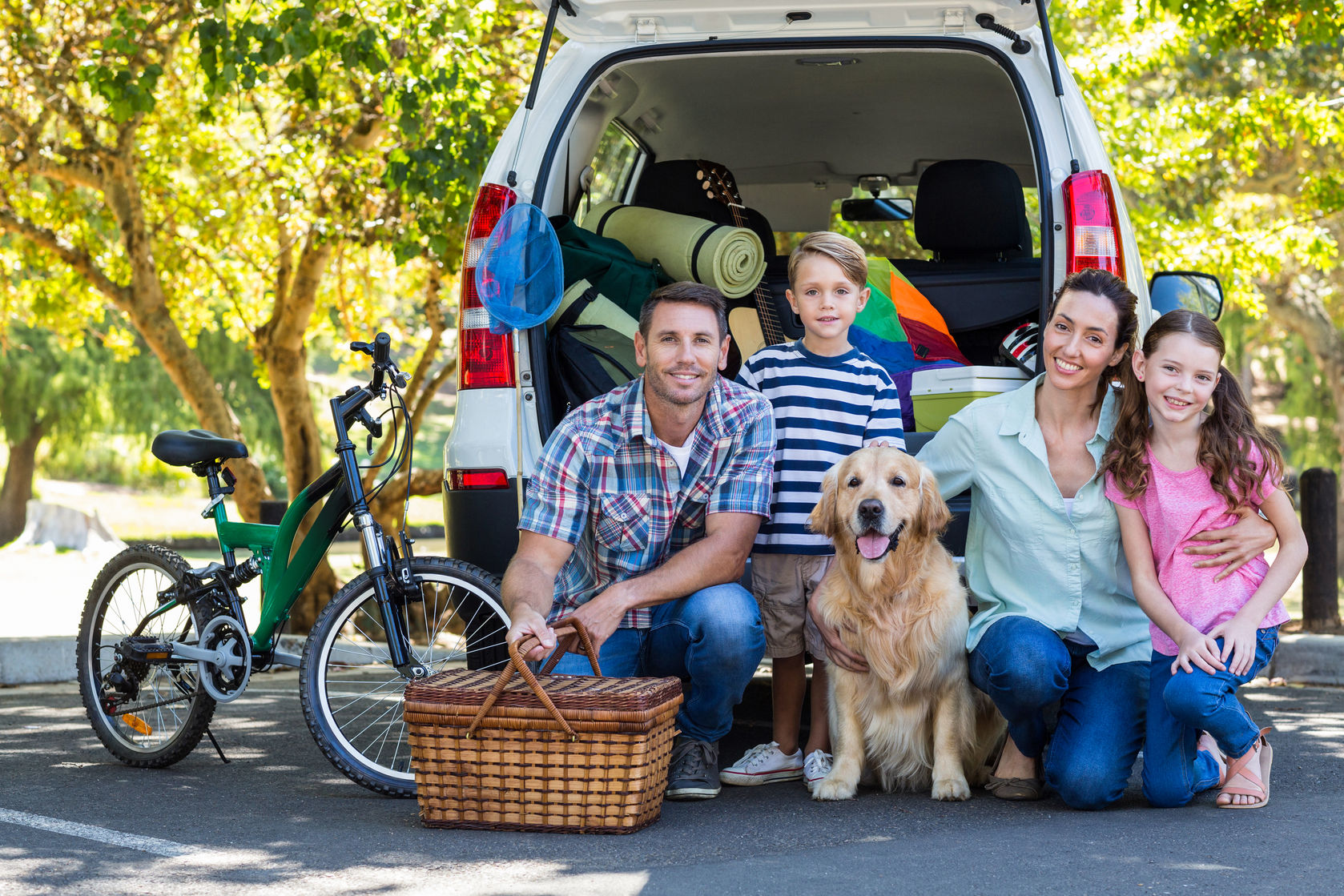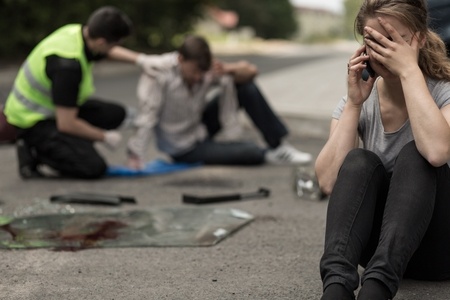In these two weeks, we are discussing insurance tips that every college student should know. This second tip deals with your vehicle. There are different things to consider depending on your situation.
Coverage Without a Car at College
Even if the student is not driving a car while at school, he or she should still be kept on the policy if driving during breaks or while at home. A distant student discount may apply if the student is attending a school far away from home.
Coverage With a Car at College
Usually a car that is registered to the parents and listed on the policy will still be covered if used by a listed student who is away at college. It’s still important that you verify that the insurance carrier writes coverage where the car will be located and understand that a change in location of the car could change the premium as well.
Driving a Friend’s Car at College
As long as a student is not regularly using the friend’s car and is listed on the parents’ auto policy, he or she should still be covered. However, you should speak with your agent to make sure.
Discounts
You may be able to get a couple of different discounts for the college student. If a student is enrolled in at least four courses per term, is full-time and meets academic qualifications, he or she may qualify for a good student discount. Those under 21 who complete a driver education course could also be eligible for an auto insurance discount.
Auto Questions for Your Insurance Review
Choose the questions that apply to you:
- My student will not have a car while they are away at college in [city, state]. Do I qualify for a discount or does that change my rate?
- My student will be taking a car/vehicle registered to me with them to college in [city, state]. Are they covered adequately by my policy?
- If my student drives someone else’s car while they are at college in [city, state], will they be covered?
- Am I eligible for any discounts based on my student being at college in [city, state]?
How Long Will It Take to Get Answers to My Insurance Questions?
You should be able to get most (if not all) of your information with a phone call or two. At Bob Johnson Insurance, we are always ready to provide the answers to your questions. Give us a call at 865-922-3111 or click here to contact us.





